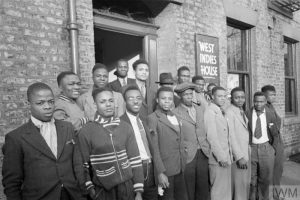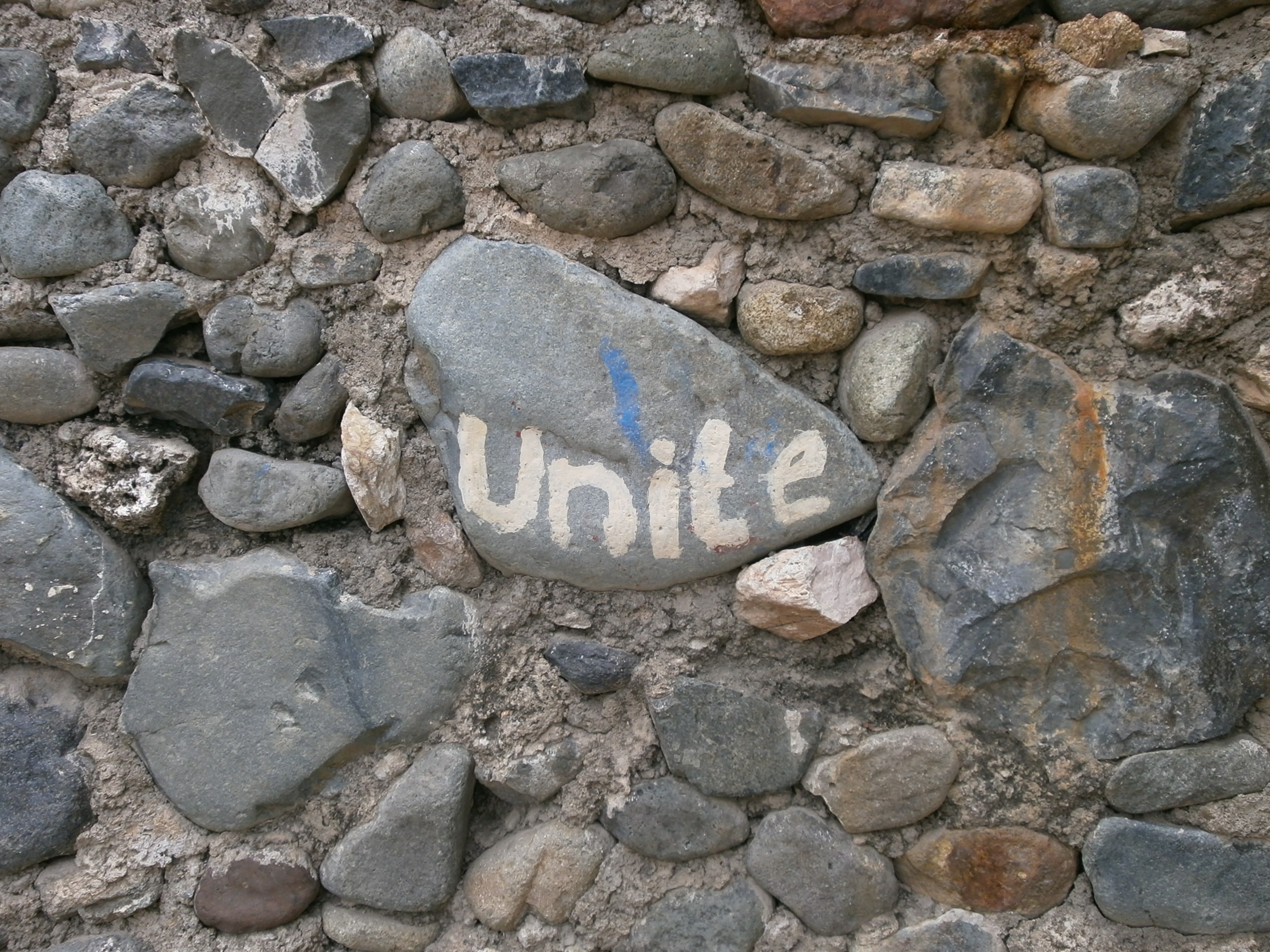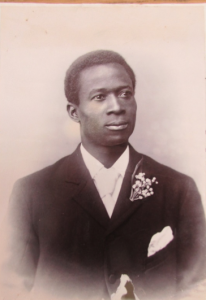Mon projet Paths Across Waters met en lumière les histoires reliant les Caraïbes et l’Afrique au Nord-Est de l’Angleterre.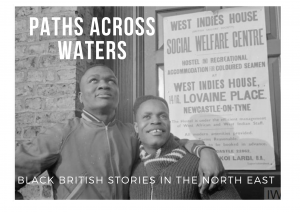 Ce projet étudie les marins, les étudiants, les médecins, les musiciens, les infirmières et les journalistes venus des Antilles et d’Afrique qui élirent domicile dans le Nord de l’Angleterre au XIXe et XX siecles. Leurs histoires personnelles se croisent avec l’histoire de l’Empire britannique. Ces individus nous rappellent que les histoires locales et mondiales doivent être étudiées ensemble.
Ce projet étudie les marins, les étudiants, les médecins, les musiciens, les infirmières et les journalistes venus des Antilles et d’Afrique qui élirent domicile dans le Nord de l’Angleterre au XIXe et XX siecles. Leurs histoires personnelles se croisent avec l’histoire de l’Empire britannique. Ces individus nous rappellent que les histoires locales et mondiales doivent être étudiées ensemble.
Chaque essai sur la page “Places & Stories” se porte sur un lieu: vous pouvez cliquer sur chaque lien ci-dessous pour en savoir plus sur l’histoire des Noirs au Royaume-Uni.
Assembly Hall: Sunderland
Découvrez les liens entre Sunderland et les militants de la fin du XIXe siècle, notamment Celestine Edwards, née en Dominique, et la journaliste américaine Ida B. Wells. Tous deux ont consacré leur vie à lutter contre le racisme et l’impérialisme.
Colonial Students Club: Newcastle
Ces étudiants africains ont mené un campagne pour dissiper les idées fausses sur l’Afrique. Depuis leur quartier général près de Leazes Park, ils ont organisé expositions d’art, lectures, concerts et soirées cinéma.
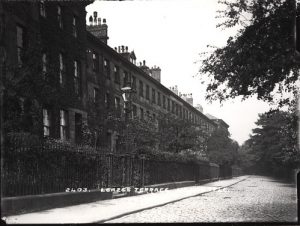
International Coloured Mutual Aid Association
North Shields
Cette association de volontaires a transformé North Shields en un centre d’activités culturelles et sportives unique dans l’histoire des Noirs au Royaume Uni.

West Indies House: Newcastle
La première pension pour marins de la région était un deuxième chez-soi pour les travailleurs maritimes venant des Antilles et d’Afrique pendant la Seconde Guerre mondiale. Situé 14-16 Lovaine Place, il a été détruit lors de la construction du Civic Center.
